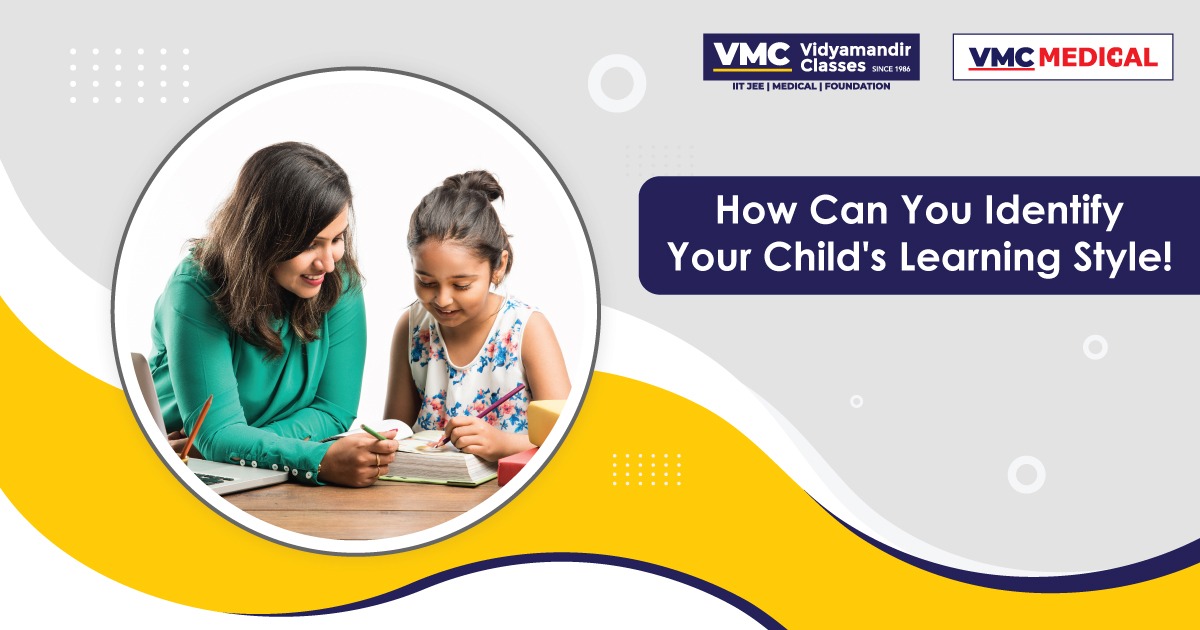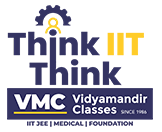How Can You Identify Your Child’s Learning Style!
 Posted On
Posted On
283 total views, 1 views today
Each child has a favorite method of learning; some prefer to learn by doing, while others prefer to listen. You may create a strategy that will enable your child to study more effectively and to the fullest extent by being aware of their particular learning style.
While there are many different learning styles, there are eight main ones, and most children fall into one or more of the following categories:
- The Visual Learner
Visual stimulus is more effective for a visual learner. Your children are visual learners if they exhibit a greater interest in videos, images, and diagrams when learning. You may have noticed that they sometimes find it difficult to learn utilizing traditional methods like textbooks and seminars. Your child instead needs a visual representation in order to understand and remember knowledge.
Children who learn visually frequently absorb information through examples and explanations. They have a vivid imagination and regularly visualize things. Think about using mind maps for science, illustrations and images to explain ideas, and color coding for data.
You can also find tools designed specifically for visual learners, including audio-enhanced flashcards or online learning environments with a lot of visual material.
- Auditory Learners
Learning via listening is preferred for auditory learners. They can learn more effectively by reading aloud to themselves or listening to lectures in class. Your child may be an auditory learner if they enjoy listening to music or audiobooks.
Your child might retain information based on how it sounds and recall items they have previously heard. Audio information is easier for auditory learners to process than written or visual information.
- Kinesthetic Learners
The greatest way for kinesthetic learners to learn is by doing. These students enjoy doing experiments and developing new things. Your child may be a kinesthetic learner if they are very active.
- Learners who value social interaction
Social learners like interacting with others. These kind of students excel in group assignments and conversations. They are sociable butterflies who love being around people.
During the COVID-19 pandemic, kids who had this kind of learning style were particularly impacted. You can enroll your child in social or group lessons so that they can interact with other children and gain knowledge from their peers.
- Learners who prefer to work alone
Solo learners value their time alone and they want individualized instruction. If your child prefers to learn things independently using a variety of techniques in a private, peaceful setting, they may be a solo learner.
They emphasize independent study and problem-solving, and they take pleasure in maintaining private diaries. While having your child study independently is a positive thing, you must also make sure they participate in group activities to develop their interpersonal skills.
- Analytical Learners
Logic-based problems appeal to analytical learners. When information is presented to them in the form of puzzles, equations, orders, or facts, they process it more effectively. Your child may be an analytical learner if they enjoy using logic and solving problems in any way.
Such students analyze problems to find logical answers while searching for patterns and trends.
- Students who learn naturally
Given that they like to spend time outside, naturalistic learners have a distinct learning style. In terms of learning through doing, they are comparable to kinesthetic learners, but they prefer to perform things outside and absorb knowledge from the natural world.
- Verbal Learners
Language abilities, rhymes, and word play are appealing to verbal learners. Writing, reading, or conversing about study topics is how they learn best.
The greatest method to ensure your child succeeds academically is to recognize his or her learning style(s) and help them use it to better absorb, grasp, and retain what they are learning.
Spend time with your child, learn about their preferred methods of learning, and foster intellectual curiosity in them!
Final Words
Understanding your child’s learning preferences is essential since it can improve their chances of succeeding in school. The process of going through each learning style enables you to identify your child. Even so, it’s always a good idea to try to introduce your kids to various teaching methods. In this approach, you may spend quality time with your children and use some of the best study techniques.


